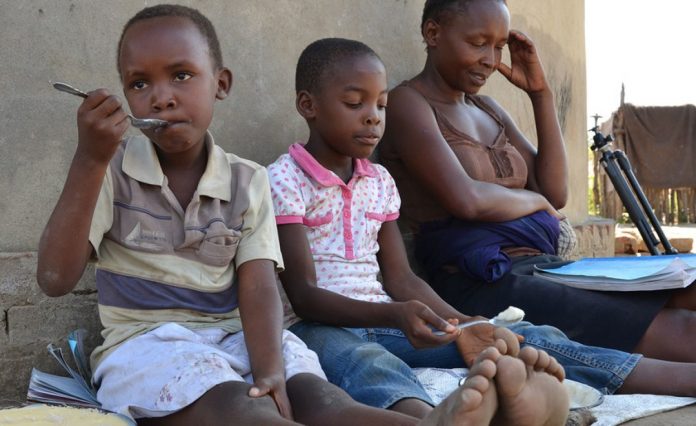Less than 20 % of the country’s child population has access to dietary diversity, the World Food Programme (WFP) has reported.
This, according to the UN food agent, was due to the worsening child nutritional status among children under five years.
The information is contained in WFP’s 2020 Global Report on Food Crises.
Acute malnutrition among children under five rose to 3.6% in 2019, up from 2.5% in 2018.
“Of particular concern is that only 11% of children aged 6-23 months consumed a minimum acceptable diet.
“Even though 83 % of children were breastfed until their first birthday, only 42% were exclusively breastfed for the first 6 months,” the report reads.
The cases are prevalent in Makoni which has 7.4 %, Mutare 5%, Seke 6 %, Mhondoro-Ngezi 6%, Sanyati 6%, Binga 6.1%, Lupane 5.2%, Masvingo 7.4% and Goromonzi 19%.
The report notes that 17% of children aged 6-23 months meet the minimum dietary diversity requirement while 42% of children under 6 months are exclusively breastfed.
The study attributed these factors as major contributors to the severe anaemia levels among children.
“Around half of rural households lacked access to basic water sources. Almost a third, 31 % used open defecation while water treatment plants have critical shortages of chemicals due to lack of foreign currency,” said WFP.
Read the original article on New Zimbabwe.



